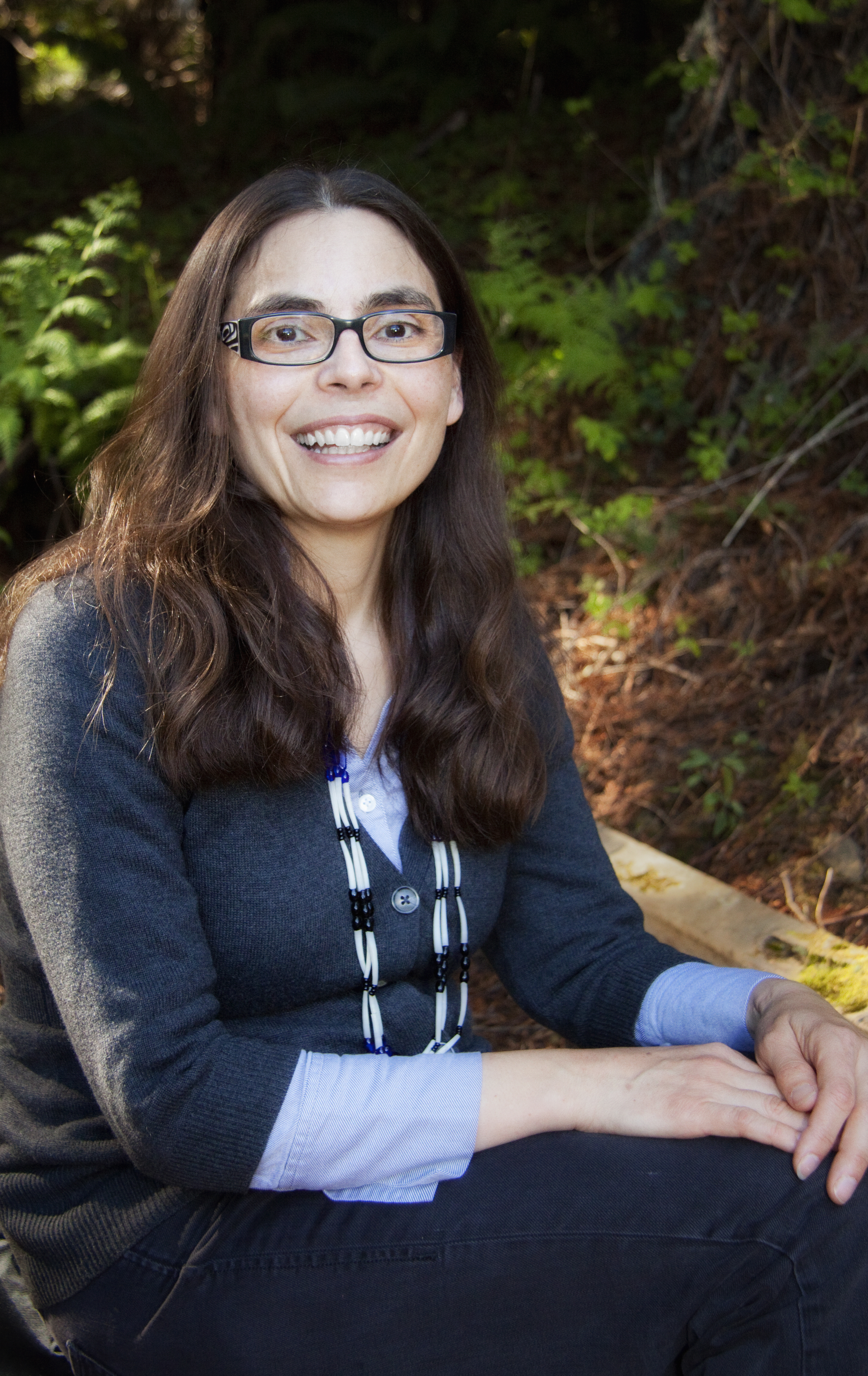SafeGuarding Visual Artist Stories
January 27, 2021 | Mark Johnson and Susan Gehr
In September 2019, an exhibition showcasing fifty years of contemporary California Native American art opened at the Crocker Art Museum in Sacramento, entitled When I Remember I See Red.

That collection is currently on the walls of Los Angeles’ Autry Museum of the American West through 2021. Though the museum is closed because of Covid-19, it can be visited online: https://theautry.org/exhibitions/when-i-remember-i-see-redThe project was conceived by artist and Sacramento State University Professor Frank LaPena (Wintu), who sadly passed on only a few months before the opening. Because several other featured artists including Dugan Aguilar, Rick Bartow, Charley Burns, Robert Freeman, James Luna, and Leatrice Mikkelsen also died recently, the California Institute for Community, Art, and Nature (California I CAN) reached out to Humboldt State University Gallery Director Brittany Britton (Hupa) and exhibition co-curator and SF State Art Professor Mark Johnson to initiate an artist archives project, and secured National Endowment for the Humanities CARES funding to support it. Susan Gehr (Karuk) was hired as Project Archivist who led teams focusing on describing and documenting artist slides, videotapes, audio recordings, and papers toward their eventual placement in appropriate collections.

Brian Tripp (Karuk), photographed by Susan Gehr 
Brian Tripp (Karuk), photographed by Susan Gehr
Drawing on her experiences with Advocates for Indigenous California Language Survival (AICLS) Breath of Life Archival Institute and formal training in archival studies, these are some of the key ideas Susan shared:
- Don’t worry about re-organizing everything. The original order of the collection itself is information that helps archivists.
- Don’t worry about describing everything, giving a general idea of what’s happening at the box, stack, or room level will do. Any information that you collect and share in this project is going to be helpful to the archivist who eventually receives the collection, processes it, writes the collection guide, and makes it available for research.
- Do bring your insider’s perspective to the description of the artist’s work. You know which tribe or village something is specific to, how something is used, or what something means in your language.
- Document the artist’s studio in photographs; record the artist talking about their process, their career, their influences.
- Consider the following questions as you decide which archive you want to donate your materials to. More often than not, a perfect choice will not exist, but a pretty good one might. Some factors that donors think about:
- Is the repository welcoming to Native people as researchers and donors?
- Is the repository welcoming to Native people as researchers and donors?
- Is the repository welcoming to Native people as researchers and donors?
- Document your wishes about who and under what conditions you’re gifting your collection through a written deed of gift. In this document you’ll state what you’re giving and your wishes about copyright and online access to your collection. Most archives have a deed of gift template with a list of common options.
- This work is emotional work as well as intellectual. Most people think about donating their materials to an archive after a decline in health or towards the end of their life. Some of your conversations will go into those areas; be gently willing to have them.

Susan Gehr (Karuk) is a librarian at College of the Redwoods and is consulting archivist for the California Institute for Community, Art, and Nature. Her work wanders the domains of Karuk language, libraries, archives, pop culture, and turning the relationships between Indian Country and academia on its head for the better. Twitter and Instagram: @vurayav

Mark Dean Johnson is Professor of Art at San Francisco State University and Co-curator of the California Indian Contemporary Art Exhibit When I Remember I See Red.
